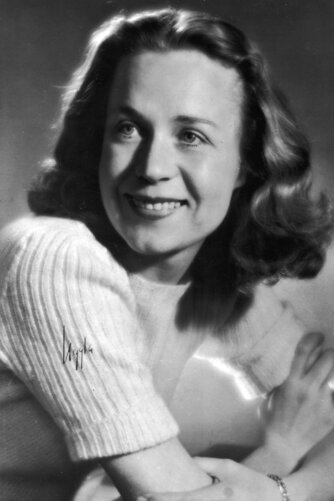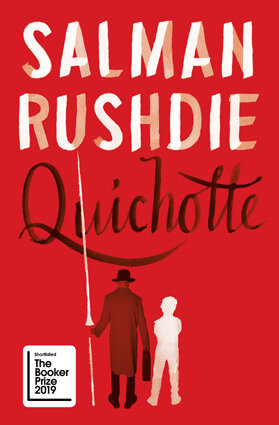I always enjoy going to events at the Southbank Centre in London as they often feature discussions with some of the best authors in the world. In the second half of October they are hosting the London Literature Festival which is in its 13th year. Among the events featured are two writers currently shortlisted for this year’s Booker Prize and this is your chance to win tickets to see them.
Bernardine Evaristo will be in conversation with Jennifer Nansubuga Makumbi on October 20th: https://www.southbankcentre.co.uk/whats-on/138680-bernardine-evaristo-jennifer-nansubuga-makumbi-2019
Elif Shafak will be in conversation with Louise Doughty on October 22nd: https://www.southbankcentre.co.uk/whats-on/138293-louise-doughty-and-elif-shafak-conversation-2019
I’ve been following the prize closely this year and have now read all six shortlisted novels. In my opinion, two of the strongest contenders are Evaristo and Shafak. So, to celebrate this year’s London Literature Festival and the Booker Prize, I’m giving away two pairs of tickets to each event as well as a copy of each book. This is a great opportunity to get a more in-depth personal understanding of the authors and their excellent novels.
To enter, simply comment below with the name of the author whose event you’d like to attend and contact details (either an email address or social media handle). The giveaway ends on October 6th after which I’ll randomly select two winners for these events. T&Cs listed below. Good luck!
T&Cs:
1.The prize will consist of two tickets to 'Bernardine Evaristo & Jennifer Nansubuga Makumbi' on Sunday 20 October at Southbank Centre's Purcell Room + one copy of Bernardine Evaristo's novel Girl, Woman, Other.
A separate entry will be awarded two tickets to 'Louise Doughty and Elif Shafak in Conversation' on Tuesday 22 October at Southbank Centre's Purcell Room + one copy of Elif Shafak's novel 10 Minutes 38 Seconds in this Strange World
2.There is no purchase necessary to enter.
3. The prize draw opens September 29th and closes October 6th, 23:59.
4. The winner will be contacted directly by Southbank Centre.
5. The prize draw is open to residents of the UK aged 18 or over except employees of Southbank Centre, their families, or anyone professionally connected to the giveaway either themselves or through their families.
6. The winner will be required to provide a contact email for Southbank Centre to facilitate transfer of the prize. Contact details will not be used for marketing purposes unless there is opt in and will not be shared with any third party except for the purpose of delivering the prize
7. The prizes are as stated in the competition text, are not transferable to another individual and no cash or other alternatives will be offered. Tickets are not transferable to any other London Literature Festival event or any other Southbank Centre event
8.The prize will be allocated in the winner's name and must be collected by the winner in person at Southbank Centre























